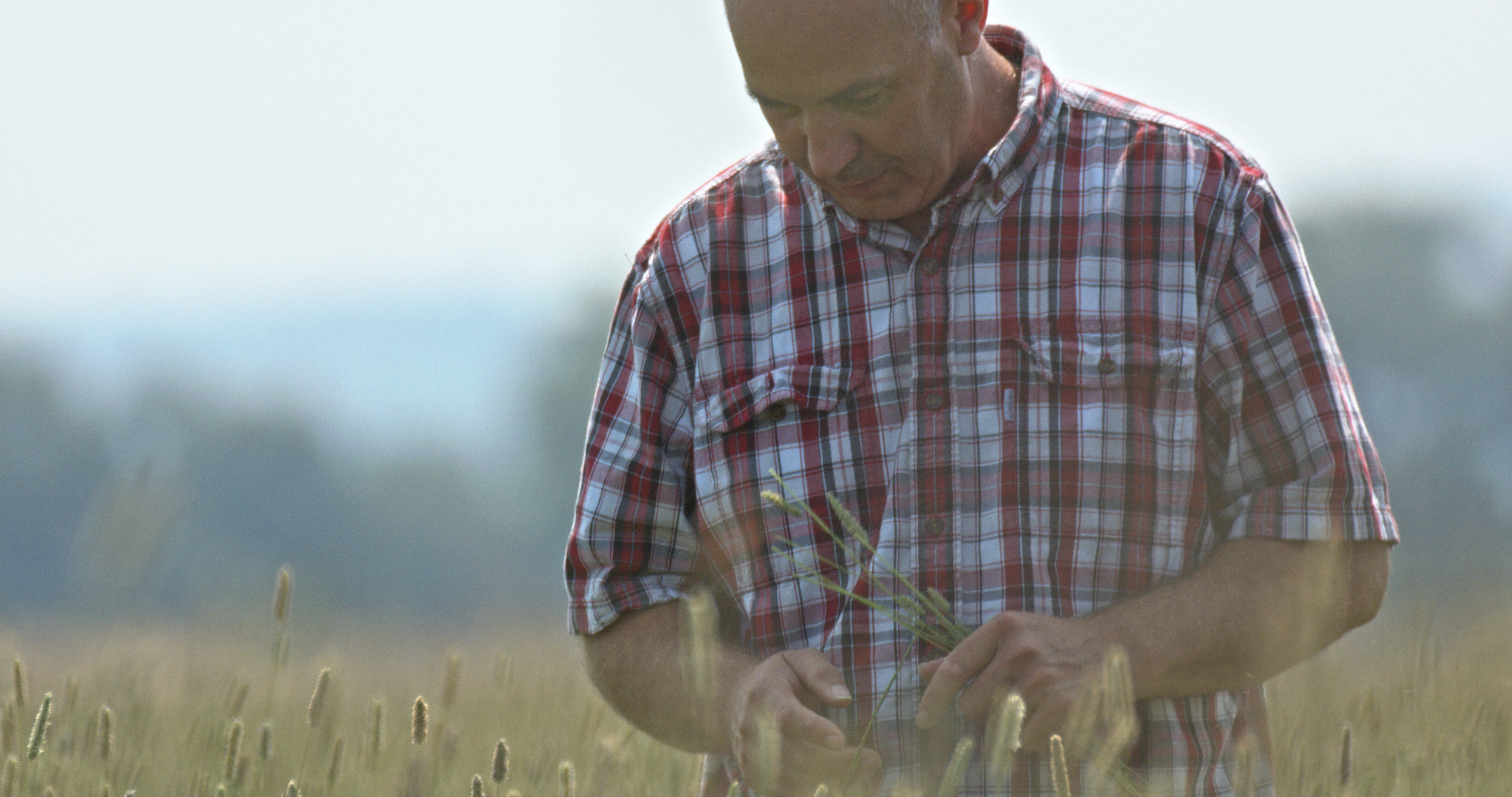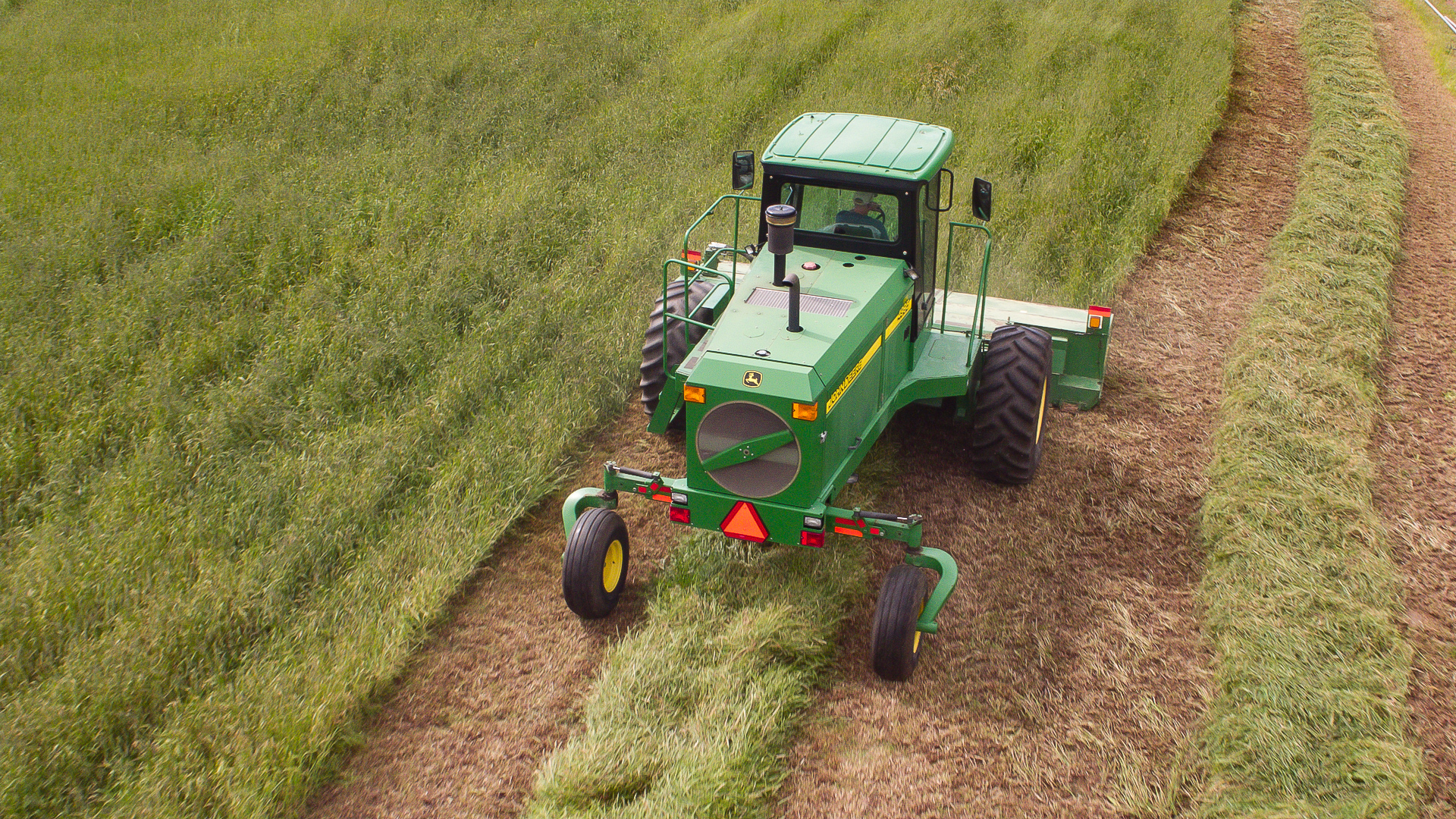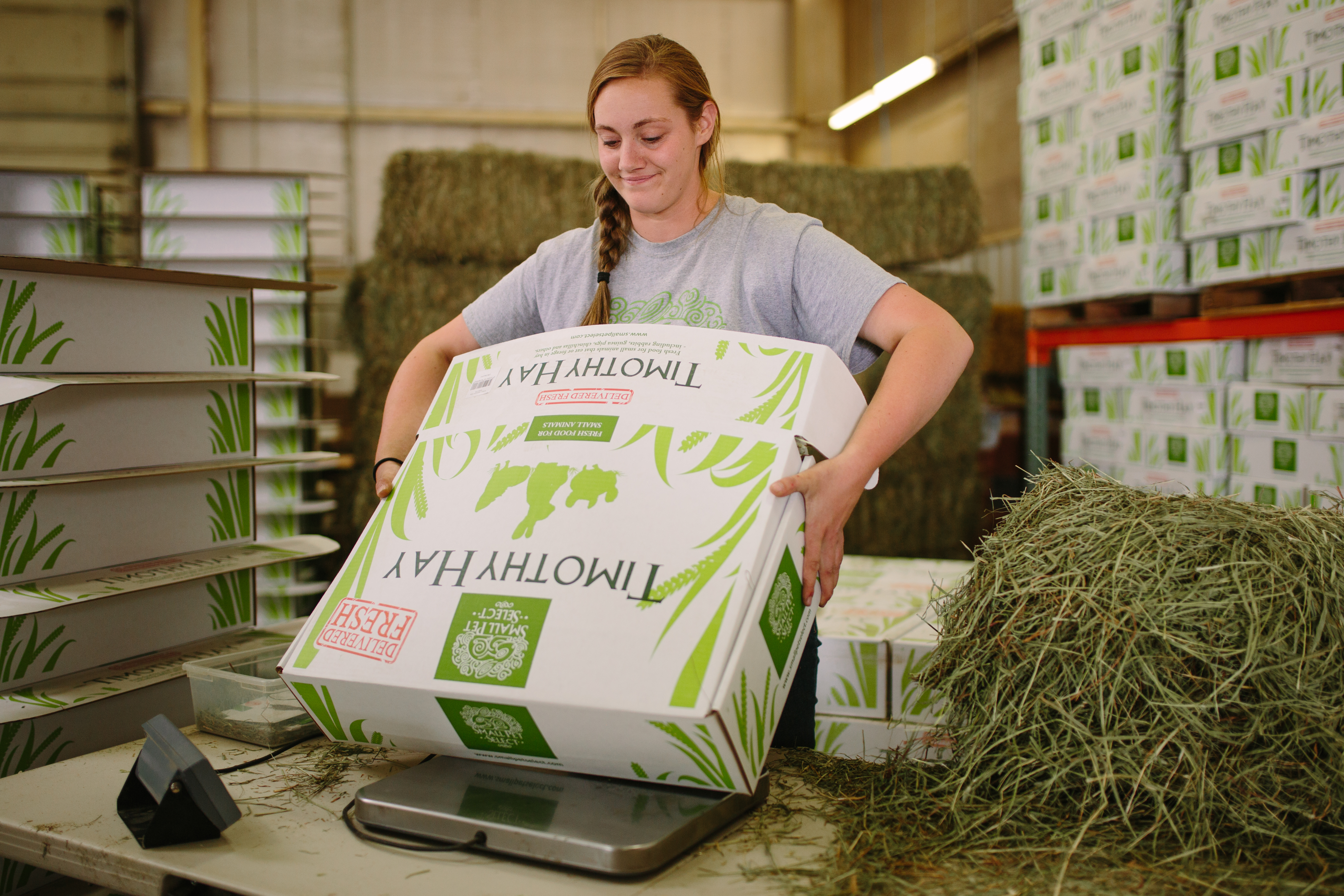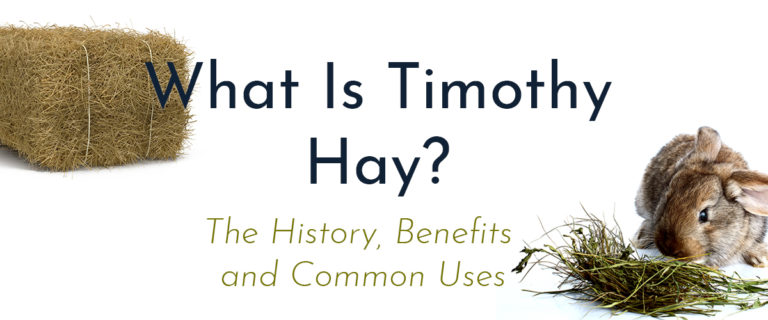
Considering adding a chinchilla, guinea pig, or rabbit to your family? They all make terrific companions and friends. But be prepared! Do your research about space requirements, vets, and lifespans (we’ve got lots of info on our site). And of course, perhaps most importantly, learn about how to provide proper nutrition for your new friend. The place to start? Hay.
It’s important to know that hay is a vital component of a small animal’s diet and has to be available your furry friend ALL THE TIME. Timothy Hay has the perfect texture and nutrition levels for adult rabbits, guinea pigs, and other small animals.
What Exactly is Timothy Hay?
Timothy Hay is a perennial grass native to Europe. It was originally grown in the United States to feed livestock. Since small animals have increased so much in popularity, Timothy Hay has also earned a place in the homes of people in cities and suburbs.
Livestock hay and small animal hay are not the same. Small animals need much softer, finer, and tastier hay than the Timothy used for large animals. At Small Pet Select, we personally select our hay. We go out to the fields and touch, feel, and sniff to find the best for small animals. It’s typically cut earlier in the season to ensure an optimal nutritional profile for small animals’ complicated and delicate digestive systems (but more on that later).
How Hay is Harvested
The harvesting of Timothy Hay takes place in three steps: cutting, windrowing (drying), and rolling or baling. Once hay has reached the perfect texture, moisture levels, and nutrition, it’s cut by a large commercial mower. Next, the grass hay is windrowed (cut to lay on the ground in a row, so extra moisture evaporates). This is where Washington state takes the prize – the wind and sun in good old WA are perfect for not only growing but airing hay. Once the hay has aired and is dry enough, farmers roll or bale the hay.
Farmers in Washington have been growing and harvesting grass hay for a long time (and we mean a really long time), so they know the best practices and have the highest standards in the industry.

The Benefits of Timothy Hay
What exactly does hay do for the health of our small animals? Let’s dive in to some specifics.
Digestion
Timothy hay is absolutely essential to the well-being of the digestive tract. Unlike dogs, cats, and other friends we might be familiar with, little herbivores have a very different anatomy. Their systems require constant grazing: rabbits in the wild spend over 75% of their time awake searching out food and nibbling! Lots of fiber moving through the GI tract at a constant rate keeps the stools in good shape. It is the most important part of diet to prevent bloating, avoid GI stasis, and keep your little friend from putting on extra weight.
Dental Health
Chinchilla, rabbit, and guinea pig teeth grow throughout their lifespan. Not only does munching on hay satisfy the natural need to chew, but it aids in wearing down the teeth so they don’t become overgrown and problematic. In addition to providing hay to your small animal, giving them chews like organic apple sticks and mobiles help maintain those ever-growing teeth. Try tying toys to the side of the exercise pen, so your little animal can pull and tug as they chew.
Coat & Fur Health
When your small animal is healthy on the inside, it shows! Shiny, soft fur on the outside is a sign of good health on the inside. Eating a well-balanced diet of Timothy Hay, fresh greens, safe herbs and flowers, and plenty of fresh water will keep your friend not only looking but feeling great.
Mental Benefits
Small animals are very busy by nature. They forage for food, burrow, and chew almost constantly. These instinctive behaviors need to be met when our animals live in our homes too – and a bored animal is often a destructive animal. Give your animal the chance to be fully themselves – keep them busy doing what they love to do by making sure they always have hay to graze on, some “surprise” piles of safe flowers or greens hidden for them to find, and toys they can chew and tug.
Different Types = Different Nutrient Properties
You may have heard of first, second, and third cut Timothy Hay. Those names just tell us when the hay was harvested during the season. The cuts are all quite different, and have varying uses.
1st Cut Hay
This hay is cut before the hay blooms because the stem will be thin, flexible, and low in leaf. Thanks to the high amount of stem and slightly higher fiber levels, 1st cut is great for chronic tummy troubles and to help wear down teeth. Need to help your furry friend lose some weight? 1st cut is definitely your go-to: it’s high in fiber, but lower in protein and fat.
2nd Cut Hay
This hay is the perfect balance of nutrition for adult small animals thanks to its leafy, flexible stems. With its balanced amounts of fiber, protein, and fat, it’s the absolute gold standard when it comes to the main diet hay for small animals.
3rd Cut Hay
This hay is soft and high in leaf content, making it a great choice for animals who are suffering with mouth pain. Does your animal need to gain some weight? With the low fiber, and high protein and fat content in this particular hay, your small animal will likely gain weight with this variety.
As always, if you’re not sure which type of Timothy Hay is best suited for your animal, please consult with your veterinarian.
What to Look for in a Great Timothy Hay
Timothy Hay should be a nice, deep green color, and can have some light or dark brown stems in there as well. None of the Timothy Hay cuts are ever mostly straw-colored. There may be a few strands of light brown in there, but on the whole, your hay should be green. A few things can damage hay typically found in store: exposure to sunlight, inability to breathe in plastic bags, and length of time stored in warehouses.
Also, hay should smell like summer! A nice strong hay smell is a good sigh of freshness. When you open a box of our hay, take a deep breath. Mmmm… like you are standing in the field!

When selecting hay, quality absolutely matters. Our CEO, Bill Gordon, personally visits fields and hand-chooses the very best of the best. Our staff hand-packs our hay in breathable boxes to ensure the freshest delivery to your front door. Say goodbye to the middleman, to hay that’s been suffocating in a plastic bag on the big-box store shelf, and to lugging hay bales in and out of your car. With our hands-on approach to providing Timothy Hay, you are guaranteed to receive a product that’s the freshest and tastiest hay your small animal has ever eaten. Shop our delicious selection – your animal will let you know how much they appreciate our great hay!





